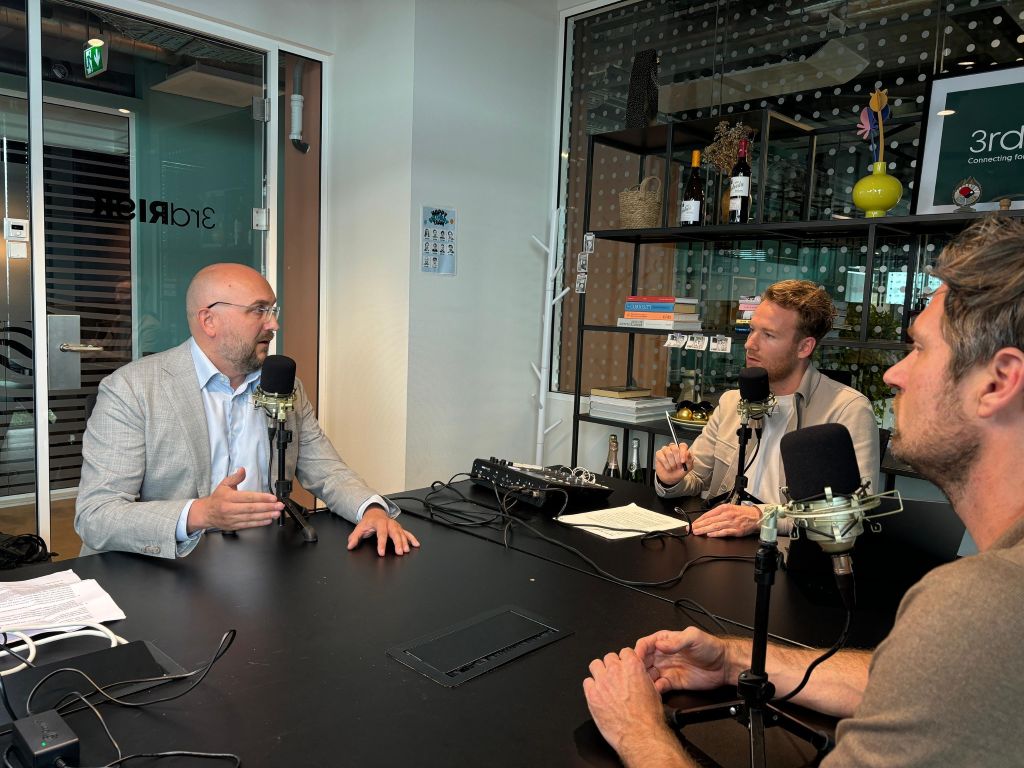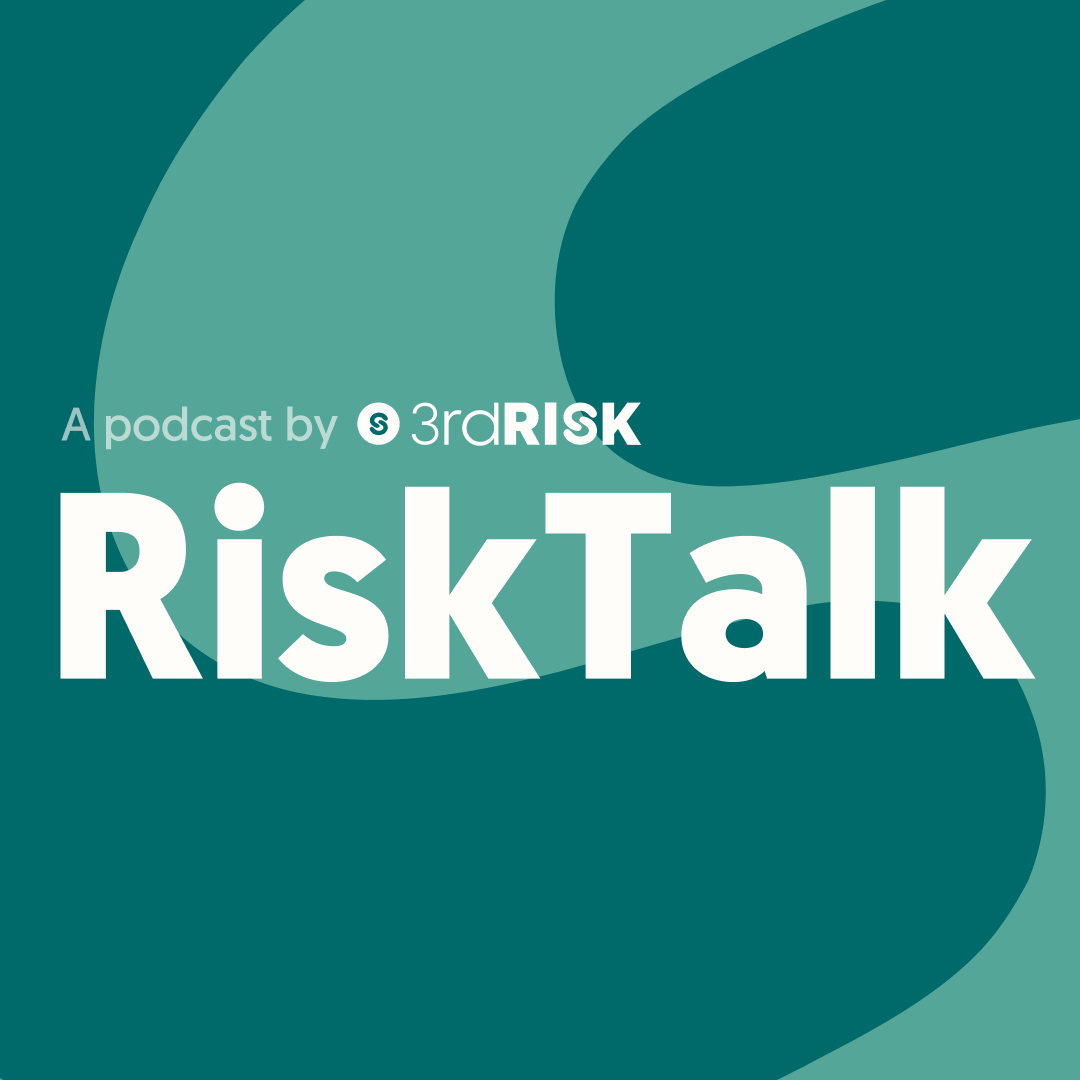Climate risks cost the Netherlands €280 million a year – and that was a quiet year
Climate change already costs the Netherlands €280 million a year in insured losses alone — and that was a quiet year. In this RiskTalk episode, VU Professor Wouter Botzen explains why companies underestimate climate risks, how small preventive steps can reduce damages by up to 40%, and what risk professionals can do to strengthen business resilience across their own operations and supply chains.

In the latest episode of RiskTalk, Professor Wouter Botzen discusses the economic impact of climate change, why organisations underestimate small probabilities with big consequences, and how companies can truly prepare for what’s coming.
€280 million in damages – and that’s just the insured part
Last year, climate-related damage cost the Netherlands €280 million in insured losses alone. And according to Wouter Botzen, professor at VU Amsterdam and specialist in the economics of climate change, that was still “a relatively calm year”.
Globally, the picture is even starker: €320 billion in annual losses caused by natural disasters.
Botzen explains why these figures represent only the tip of the iceberg – and more importantly, what risk professionals can do to make their organisations more resilient.
“If a climate disaster must happen, then I’d rather it happens before I retire”
That’s how Wouter begins the conversation. It sounds cynical, but it reveals a deeper truth: “If it happens sooner, we can analyse it and learn lessons to limit future damage.”
This scientific curiosity has led to groundbreaking research. After the floods in Limburg, Botzen’s team surveyed 1,500 households and hundreds of businesses. Their finding was striking: companies that had taken simple precautions reduced their damages by 30–40%.
And the best part? Those measures were simple and affordable.
More than just a flooded basement
When people think of climate damage, they imagine flooded streets or waterlogged basements. But the real impact goes far beyond that.
“For households, the median damage during a flood is around €50,000,” says Botzen. “For businesses it’s higher, because they face both property damage and lost revenue.”
The effects ripple across entire supply chains. “A company that’s out of action for weeks loses customers, staff can’t work, and reputations suffer,” explains Botzen. “You’re not operational, which affects your clients – and anyone depending on you is indirectly affected too.”
The power of simple preparation
One story from Limburg illustrates this perfectly. Two bakers stood side by side. One reopened within days; the other stayed closed for weeks. The difference? Preparation.
Sandbags, raised shelving, and a clear action plan kept one business afloat while the other struggled.
“These kinds of measures are especially suitable for SMEs – bakers, restaurants, local shops,” says Botzen. “But they make a real difference.”
Larger organisations can take bigger steps: elevate buildings during renovation, improve drainage systems, or invest in local dikes. The logic remains the same – preparedness pays off.
From postcode to action plan
Many professionals ask where to find reliable climate data. Botzen points to the Climate Impact Atlas (Klimaateffectatlas) from KNMI – an online tool showing risks like flooding, drought, heat stress, and water quality per postcode.
“From there, you can build a step-by-step plan,” he explains:
- Identify the natural hazards threatening your locations.
- Assess how these affect your operations.
- Determine which mitigation measures are cost-effective.
- Evaluate your suppliers’ vulnerabilities.
The blind spot: your supply chain
Most organisations manage to map their own exposure, but suppliers often remain a blind spot.
“Third-party risks are heavily underestimated,” says Jelle from 3rdRisk. Botzen agrees: “Many companies don’t realise that a disaster elsewhere – say, in Germany – could halt their production entirely.”
The solution? Ask your suppliers the right questions:
- Are they located in climate risk zones?
- Have they taken preventive measures?
- Do they perform physical risk assessments?
Most organisations still miss opportunities here.
Insuring the wrong risks
Here’s the paradox: people eagerly insure their smartphones, yet ignore disasters that could bankrupt them.
“Those are exactly the risks you need proper coverage for,” says Botzen.
That’s why many companies act only after a disaster strikes. “We think too short-term. Only when it happens do we see how serious it is – but by then, it’s too late.”
Climate risks are not tomorrow’s problem
A common misconception is that climate risks will only matter “in ten years’ time”. Botzen stresses otherwise: “Climate-related damages are happening right now, and they are economically significant.”
His advice: don’t start with the future – start with your current vulnerabilities. Integrate climate awareness into investment decisions and renovation plans. Don’t wait for disaster to strike.
Insurers are already feeling the impact. “They see rising claims and are questioning whether it’s still sustainable,” says Botzen. But relying solely on insurance is risky: coverage is often limited, and business interruption losses are rarely fully compensated.
Risk assessment at street level
Botzen’s research team can now calculate, for every building in the Netherlands, the exact flood risk, potential water depth, and expected damage.
“For the first time, we can deliver such detailed analyses,” he says. This enables organisations to make better-informed decisions and take targeted action.
Many companies still think, ‘If it happens, we’ll rebuild.’ But Wouter is clear: that’s more expensive than prevention.
“It requires a different mindset – not thinking in quarters, but in continuity.”
The role of the risk professional
Behind every statistic lies a story of loss or resilience. €280 million in the Netherlands, €320 billion worldwide – these are not abstract numbers, but real consequences.
The difference lies in preparation.
The question is not if your organisation will be affected, but when.
And what you do today determines the story you’ll tell tomorrow.
🎧 Listen to the full RiskTalk episode with Wouter Botzen to learn how your organisation can prepare for climate risks and build resilience that lasts.
Looking for an easy way to manage third-party risks?
Get a quick introduction to our third-party risk platform and make informed decisions today.

Want to read more?
Read more helpful content on third-party risk management and compliance.





